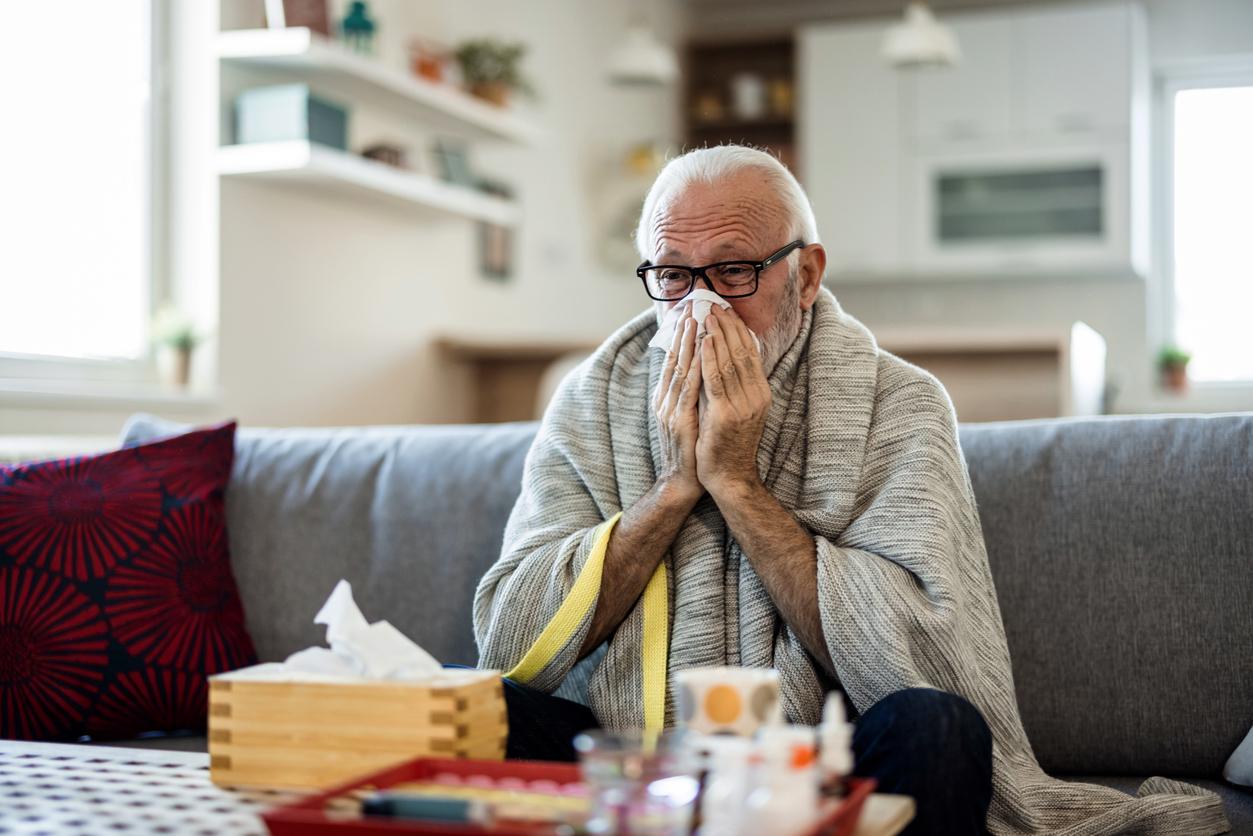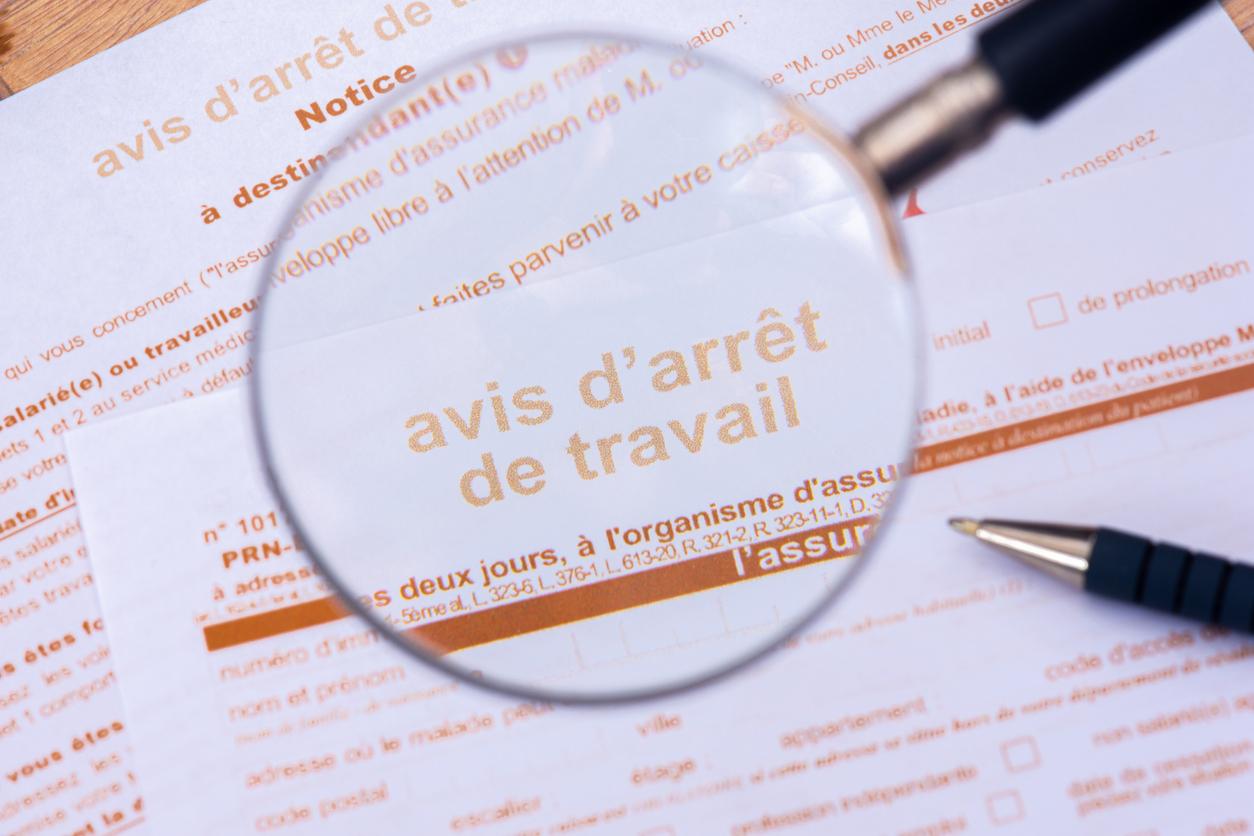The number of internet searches on burnout has increased sharply in 2020: a phenomenon certainly linked to the Covid-19 crisis.

- Among the risk factors for burnout, there is in particular work overload, interpersonal conflicts, lack of support from the work collective or even job insecurity.
- According to the HAS, health professionals are a population historically more at risk of burning out.
40%, 70%, 85% increase… The figures are impressive and very worrying. According to Google Trends, in 2020, the number of searches on the internet related to burnout exploded… This is the term that has seen the strongest increase in 2020.
An 85% increase in research on burnout in daily life
In detail, internet searches on burnout at work have increased by around 40%. Regarding the one related to school, it exploded: + 70%. Finally, the most impressive figure remains internet research linked to burnout in daily life: an increase of more than 85%. To achieve these results, the American giant relied on its Google Trends tool, which allows you to know the number of people who have searched the Internet on a specific subject, such as a keyword, a term, an expression, etc
Psychological and physical symptoms
According to the Haute Autorité de Santé (HAS), burnout can be defined as a “physical, emotional, and mental exhaustion that results from prolonged investment in emotionally demanding work situations”. This can have different clinical manifestations such as anxiety, diffuse muscle tension, irritability, withdrawal, social isolation, aggressive behavior, reduced motivation and morale, doubts about one’s skills. , etc. As for physical symptoms, it can be fatigue, sleep and musculoskeletal disorders, cramps, headaches, dizziness, anorexia or even gastrointestinal disorders.
Psychological distress reaches worrying levels
According to one survey conducted by Human Footprint and Opinionway last October, severe burnout cases jumped 25% between May and October 2021.”The psychological distress of employees has decreased this fall compared to spring 2021, but it remains “at worrying levels”can we read on the press release of the study. Now, 38% of employees are in “psychological distress”, a decline of six points compared to the previous study (44%), carried out last spring..”
Essential professions particularly concerned
Same observation on the side of theAmerican Psychological Association, the Covid-19 crisis has not helped worker morale… Particularly in essential professions, in the health or education sectors for example. “We know people in these professions have always had higher burnout rates, but it’s been so much harder to meet the demands during a pandemic in these professions.“, explains Christina Maslach, professor of psychology at the University of California.














